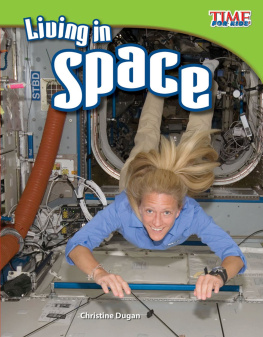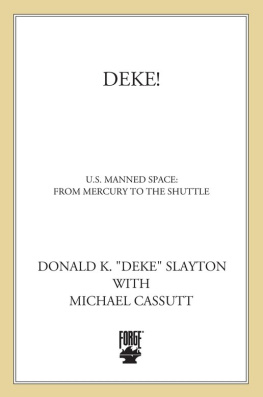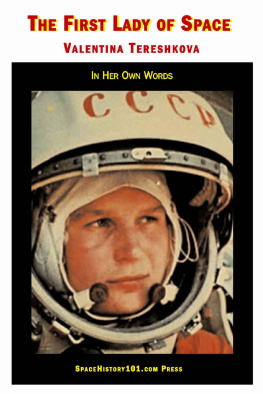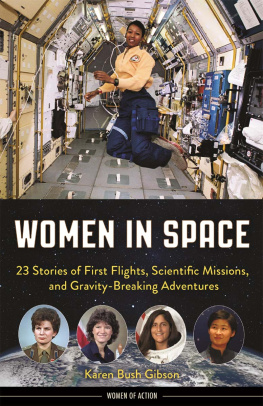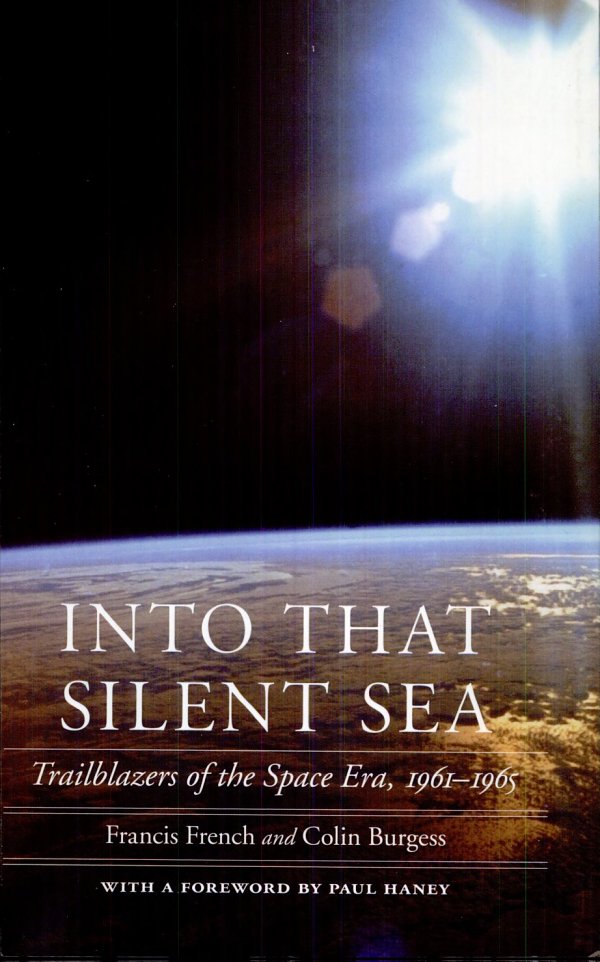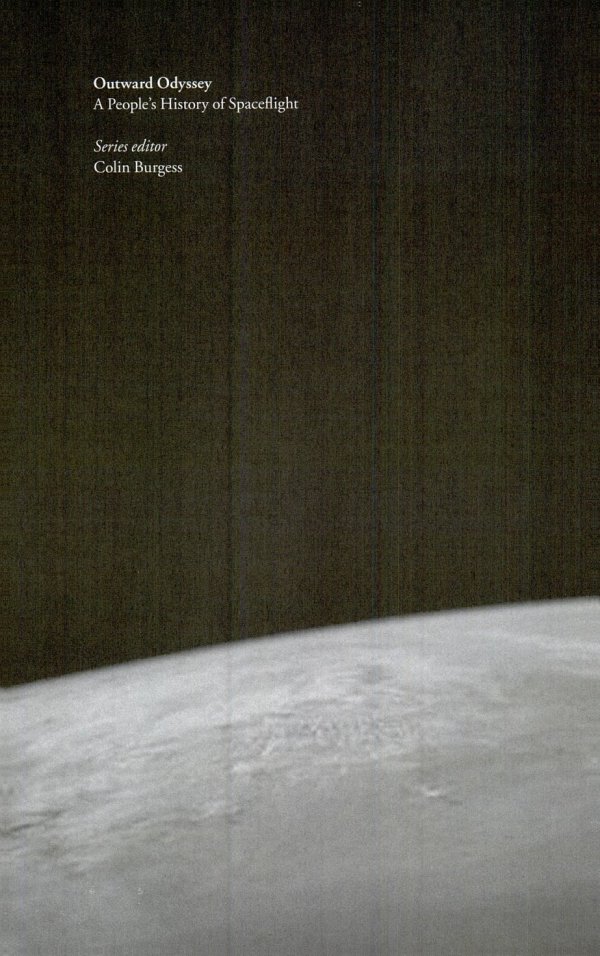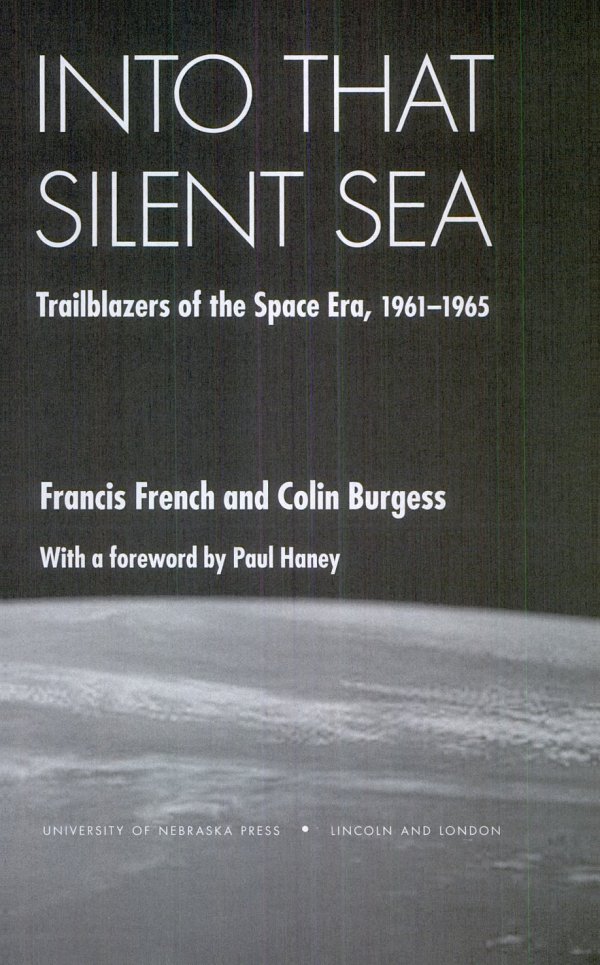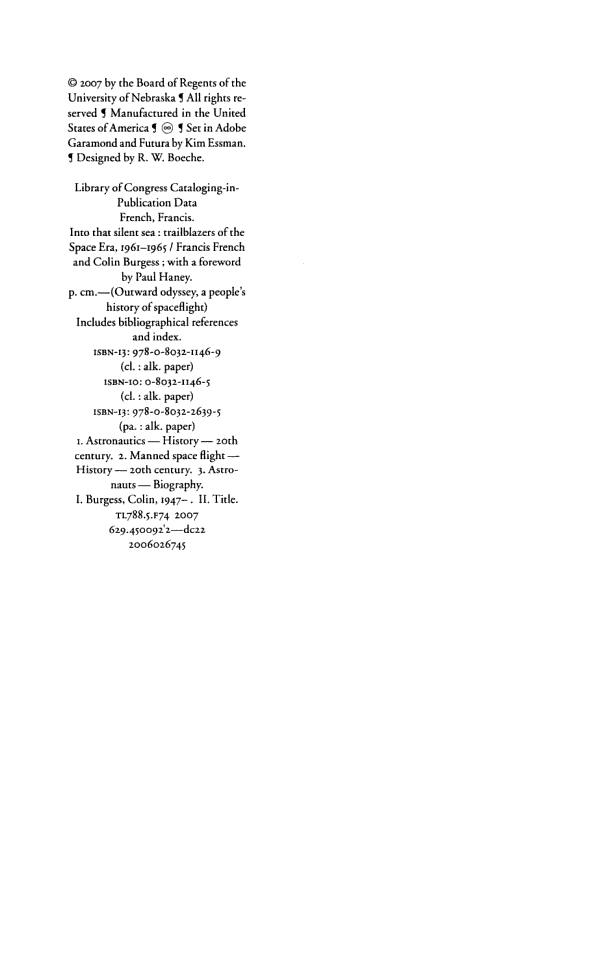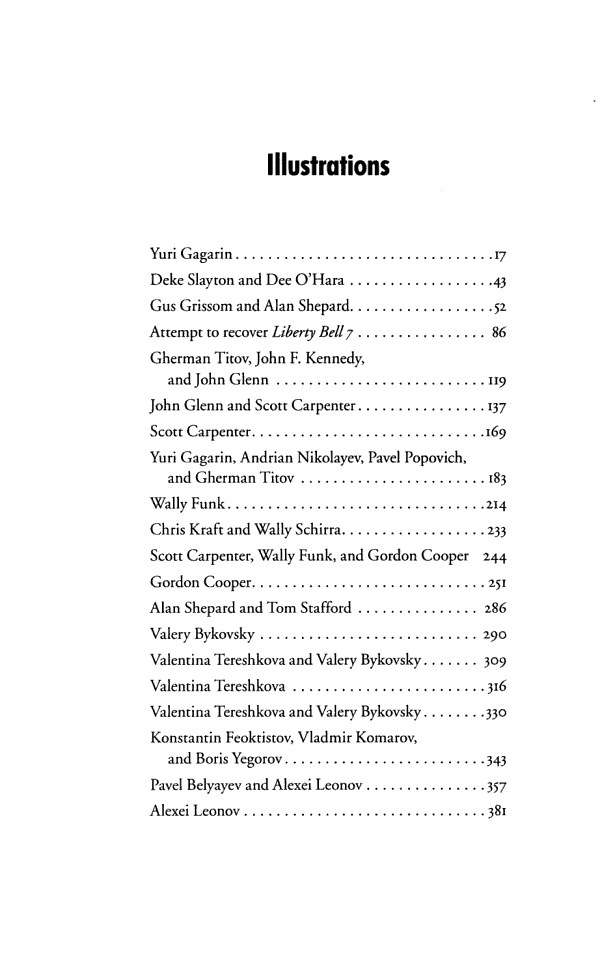Francis French - Into That Silent Sea
Here you can read online Francis French - Into That Silent Sea full text of the book (entire story) in english for free. Download pdf and epub, get meaning, cover and reviews about this ebook. year: 2007, publisher: Bison Books, genre: Science. Description of the work, (preface) as well as reviews are available. Best literature library LitArk.com created for fans of good reading and offers a wide selection of genres:
Romance novel
Science fiction
Adventure
Detective
Science
History
Home and family
Prose
Art
Politics
Computer
Non-fiction
Religion
Business
Children
Humor
Choose a favorite category and find really read worthwhile books. Enjoy immersion in the world of imagination, feel the emotions of the characters or learn something new for yourself, make an fascinating discovery.

- Book:Into That Silent Sea
- Author:
- Publisher:Bison Books
- Genre:
- Year:2007
- Rating:4 / 5
- Favourites:Add to favourites
- Your mark:
Into That Silent Sea: summary, description and annotation
We offer to read an annotation, description, summary or preface (depends on what the author of the book "Into That Silent Sea" wrote himself). If you haven't found the necessary information about the book — write in the comments, we will try to find it.
Longer on biography than on technology, this account of the first space farers will appeal to spaceflight buffs. And in a subject densely populated with memoirs by its principal figures, French and Burgess have generated new material from their own interviews with some of the pioneering astronauts and cosmonauts. In addition, the authors incorporate the recollections of nurse Dee OHara, who worked with the Mercury astronauts, and of American aviatrixes involved in a program, little known today, that might have but ultimately did not produce the first female in space. That accolade more famously went in 1963 to Valentina Tereshkova, whose upbringing, attraction to aeronautics, life-changing flight, and postflight career represent the pattern in which the authors present the dozen-plus individuals who structure their text. Tracking the firsts in space history, like Yuri Gagarin and Alan Shepard, followed by the seconds, such as Gherman Titov and Virgil Grissom, French and Burgess history will engage the space-program audience. A sequel is slated for publication later in 2007, covering the years 1965-69. Gilbert Taylor
Copyright American Library Association. All rights reserved
Eminently readable, well-crafted... The merits of this popular history rest in the elegant narrative and the authors thoughtful awareness of the space explorer genre. Air & Space Smithsonian Accessible to both newcomers to space history and well-read enthusiasts alike. Space Review [Into That Silent Sea] dispenses with distracting technical jargon and nationalistic jingoism to deliver ten superbly composed, thoughtfully balanced chapters about the astronauts and cosmonauts who flew Mercury and Vostok/Voskhod missions... Avid readers will revel in the authors masterful compilation of these straight-forward, detailed mini-biographies. Air Power History Unforgettable days and some unforgettable characters were brought vividly back to me by this truly wonderful book. They were fun times; they were also incredibly difficult, hard-working, and agonizing times, watching dear friends launch into space with my heart in my mouth. This book offers a treasure trove of memories. Dee OHara, nurse to the astronauts As well as vividly picturing the men, this book also accurately tells the story of the very first women to train for spaceflight in Russia---and women like me in America who hoped for the same opportunity to reach for the stars. Wally Funk, rocket pilot for Interorbital Systems Corporation This frank, entertaining, no-holds-barred ride through the golden age of space flight takes us behind the official stories, into the real lives of the very first astronauts and cosmonauts. Wally Schirra: Mercury, Gemini, and Apollo astronaut
Francis French: author's other books
Who wrote Into That Silent Sea? Find out the surname, the name of the author of the book and a list of all author's works by series.

